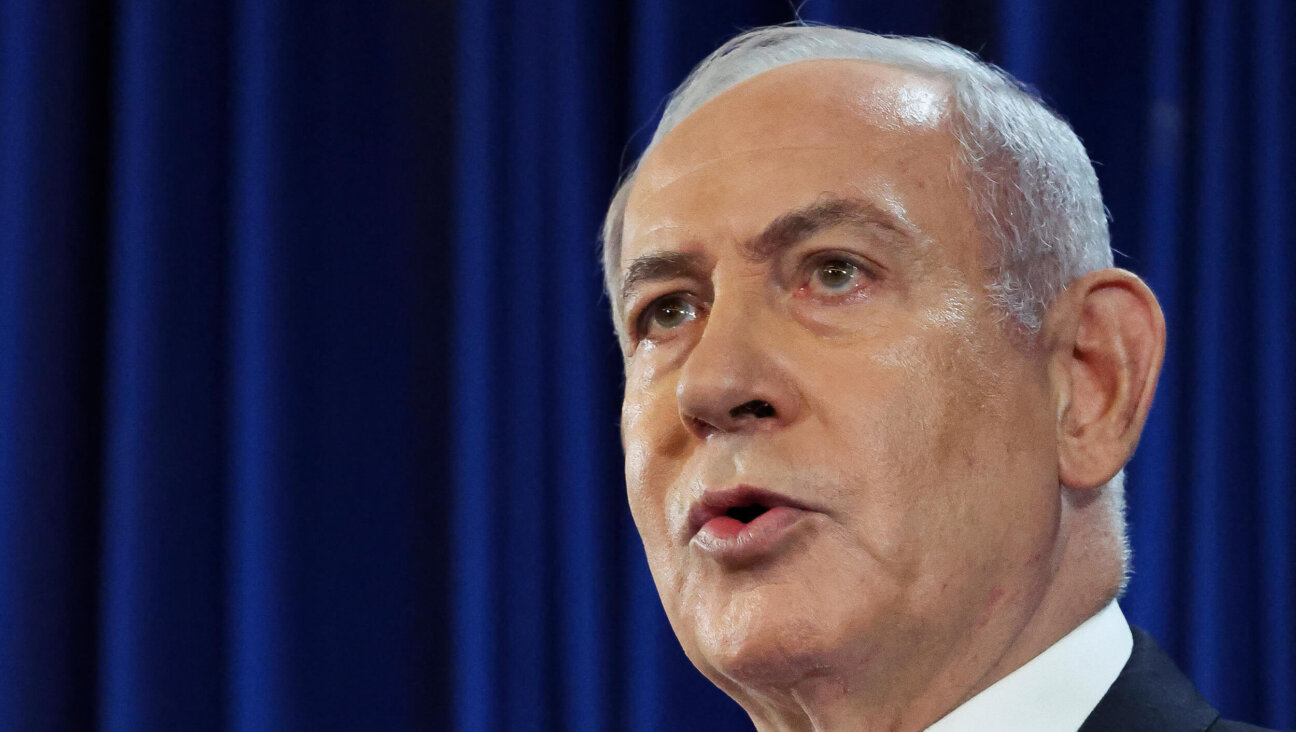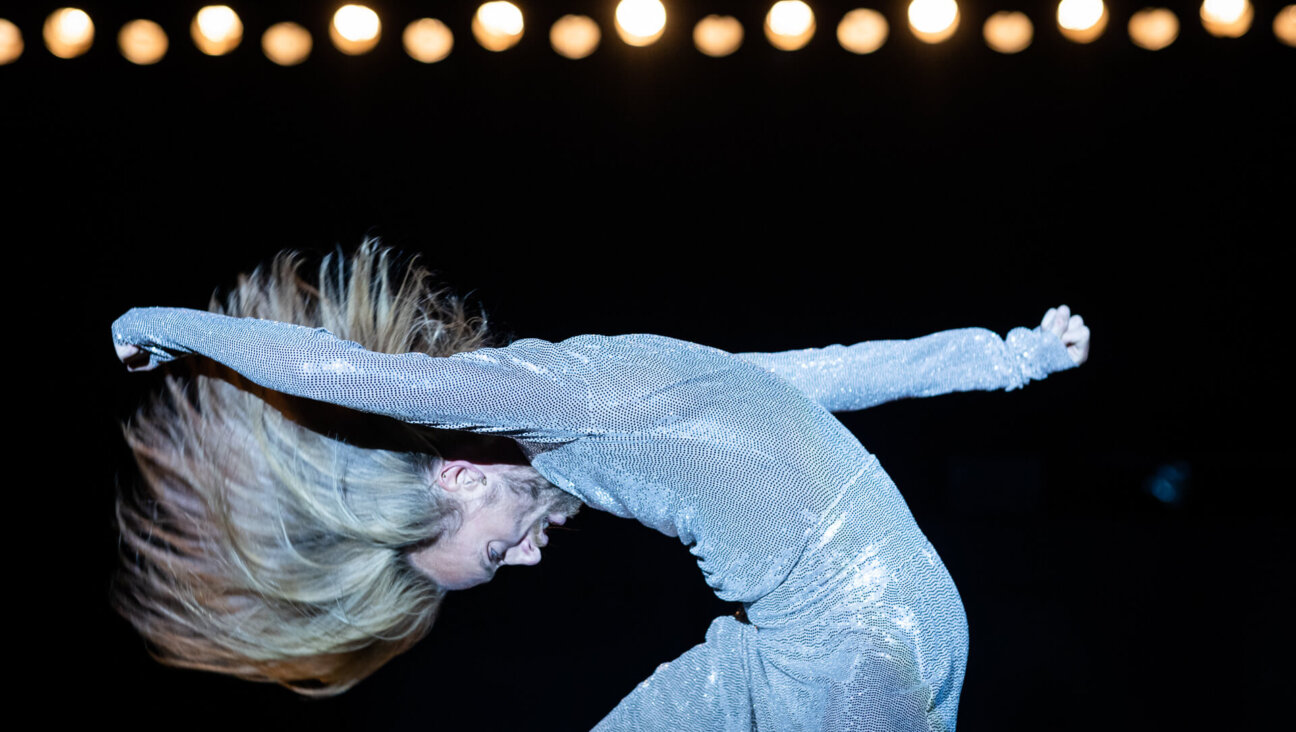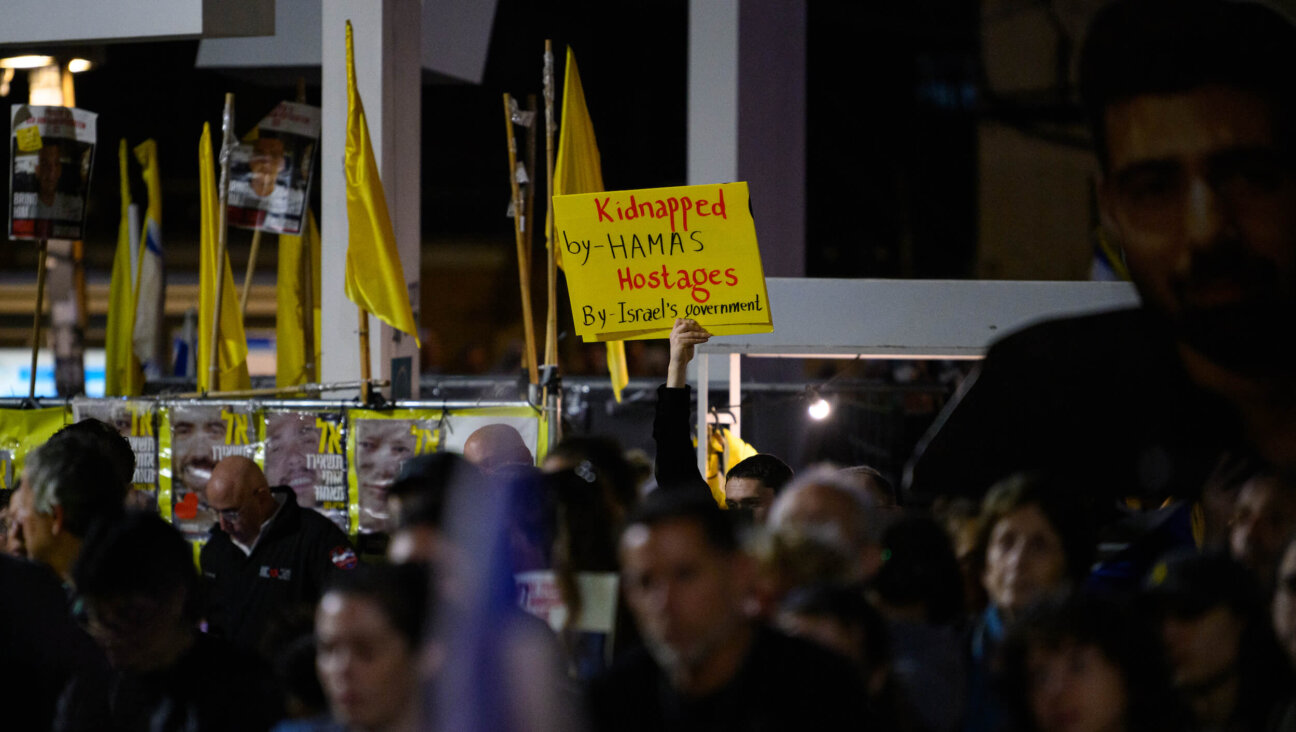Change on the Iran Front
Israel’s new year got off to a promising start with a rare dose of good news on its most troubling battlefront: the Iranian nuclear threat. As it happened, Iran was also high on the agenda in New York when the world’s leaders gathered for the 64th session of the United Nations General Assembly, right after Rosh Hashanah. The good news is that Israel was on the same side as the rest of the world for a change, while its worst enemy was the bad guy.
The change was apparent from the moment that Iran’s Holocaust-denying president, Mahmoud Ahmadinejad, rose to address the General Assembly and found himself facing a half-empty hall as dozens of delegations demonstratively walked out on him. Israeli Prime Minister Benjamin Netanyahu got a far more polite reception the next day with a speech rejecting Ahmadinejad’s bigoted rant and demanding of the delegations that sat through it: “Have you no shame?”
The important developments, however, were outside the assembly hall, in back rooms where the six big powers leading talks with Tehran — America, Britain, France, Russia, China and Germany — were preparing for a face-to-face showdown in Geneva. Israeli leaders were alarmed last spring when President Obama raised the prospect of dropping the Bush-era boycott and joining the Iran talks. Jerusalem feared Obama would let the Europeans soften America’s stance. What happened was the opposite: With America leading the team, the big powers toughened their stance. Even Russia is now talking about serious sanctions if and when dialogue fails, leaving China as the only outlier.
Several factors contributed to this new resolve. One was Obama’s well-timed decision, with close British and French backing, to expose the secret nuclear plant that Iran had been hiding. The disclosure badly damaged Iran’s credibility and reinforced Israel’s warnings that the mullahs intend the worst.
Also contributing was Obama’s cancellation of missile defense systems planned for deployment in Poland and the Czech Republic. Shelving the cold-war relic immediately improved Moscow’s appetite for cooperation with Washington.
Third, Netanyahu’s posture in recent months, including his endorsement of Palestinian statehood, helped his image and reduced the irritant potency of Israeli-Palestinian tensions. That weakened the impulse that’s all too common in much of the world community to oppose anything Israel wants, just because Israel wants it.
Getting the world to line up with Israel takes two steps: making other nations see a shared interest and reducing the knee-jerk hostility that Israel so often faces on the world stage. This fall, America under Obama helped take care of the first by deft diplomacy. Israel under Netanyahu is working on the second by taking steps to appear a good global citizen, eager to reduce tensions when possible.
It’s a good formula in the best of times. Facing an existential threat like Iran, it’s essential.
The Forward is free to read, but it isn’t free to produce

I hope you appreciated this article. Before you go, I’d like to ask you to please support the Forward.
Now more than ever, American Jews need independent news they can trust, with reporting driven by truth, not ideology. We serve you, not any ideological agenda.
At a time when other newsrooms are closing or cutting back, the Forward has removed its paywall and invested additional resources to report on the ground from Israel and around the U.S. on the impact of the war, rising antisemitism and polarized discourse.
This is a great time to support independent Jewish journalism you rely on. Make a Passover gift today!
— Rachel Fishman Feddersen, Publisher and CEO
Most Popular
- 1

News Student protesters being deported are not ‘martyrs and heroes,’ says former antisemitism envoy
- 2

News Who is Alan Garber, the Jewish Harvard president who stood up to Trump over antisemitism?
- 3

Politics Meet America’s potential first Jewish second family: Josh Shapiro, Lori, and their 4 kids
- 4

Fast Forward Suspected arsonist intended to beat Gov. Josh Shapiro with a sledgehammer, investigators say
In Case You Missed It
-
Fast Forward Jewish students, alumni decry ‘weaponization of antisemitism’ across country
-

Opinion I first met Netanyahu in 1988. Here’s how he became the most destructive leader in Israel’s history
-

Opinion Why can Harvard stand up to Trump? Because it didn’t give in to pro-Palestinian student protests
-

Culture How an Israeli dance company shaped a Catholic school boy’s life
-
Shop the Forward Store
100% of profits support our journalism
Republish This Story
Please read before republishing
We’re happy to make this story available to republish for free, unless it originated with JTA, Haaretz or another publication (as indicated on the article) and as long as you follow our guidelines.
You must comply with the following:
- Credit the Forward
- Retain our pixel
- Preserve our canonical link in Google search
- Add a noindex tag in Google search
See our full guidelines for more information, and this guide for detail about canonical URLs.
To republish, copy the HTML by clicking on the yellow button to the right; it includes our tracking pixel, all paragraph styles and hyperlinks, the author byline and credit to the Forward. It does not include images; to avoid copyright violations, you must add them manually, following our guidelines. Please email us at [email protected], subject line “republish,” with any questions or to let us know what stories you’re picking up.











